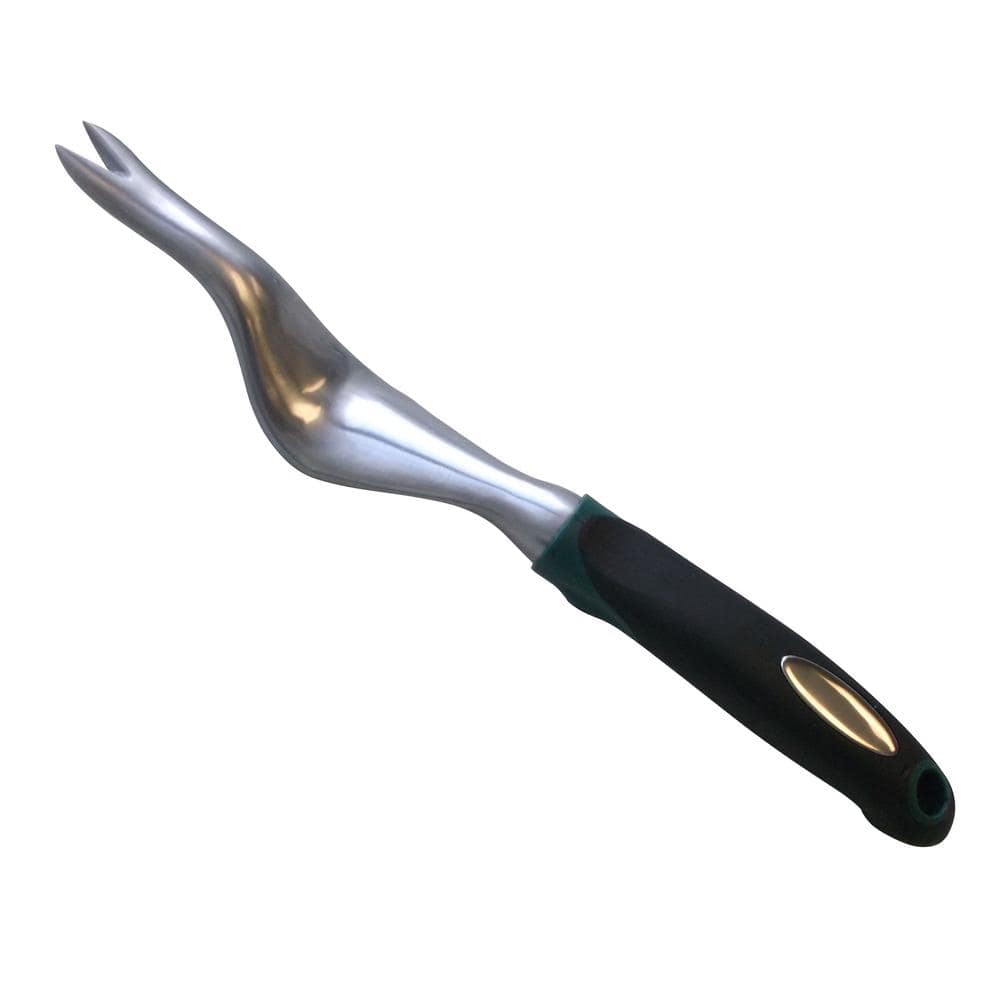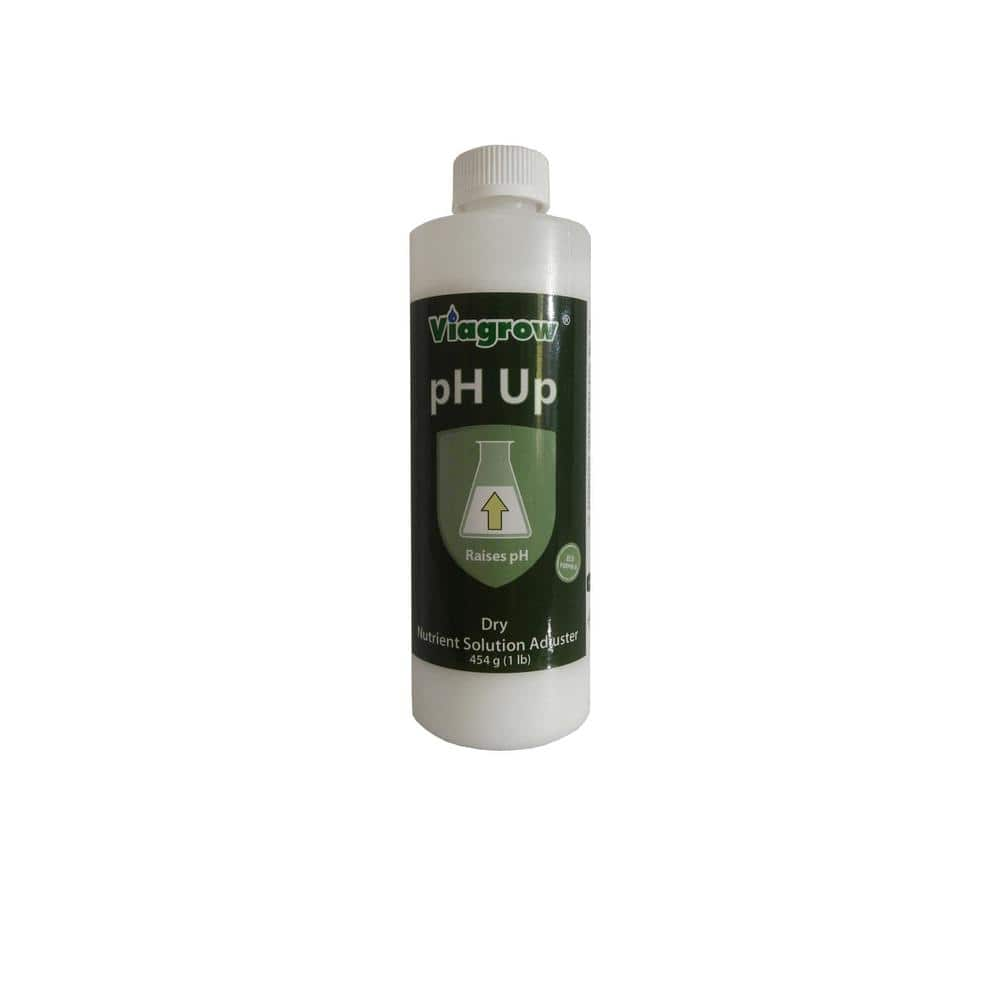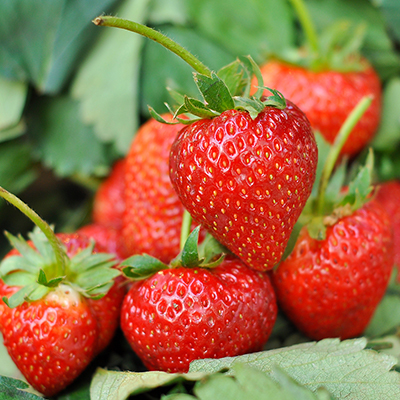Fruit Growing Buying Guide

Last updated December 12, 2024
Growing fruit in your backyard provides you with fresh, organic produce and allows you to become more self-sufficient. With proper care and maintenance, you can enjoy a variety of fruits throughout the year and reduce your reliance on store-bought fruit.
In this guide, learn how to get started growing fruit at home.
Table of Contents
Introduction to Growing Fruit at Home
Choosing Fruit for Your Garden
Planting Fruit in Your Garden
Growing Fruit in Containers
Caring for Fruit Trees and Plants
Growing Fruit Indoors
Introduction to Growing Fruit at Home

Growing fruit at home ensures that you have fresh, sweet fruit on-hand in summer and, with a bountiful harvest, have plenty to preserve or freeze. With a variety of fruit growing options, from small plants like strawberries to patio-sized citrus trees to backyard apple trees, you'll find a favorite fruit for your garden.
The best advice for getting started growing fruit at home is to begin with what you love to eat and look for varieties that grow best in your climate.
Growing fruit in your garden is much like growing vegetables and flowers, with a few considerations for site and light. First, make sure you have plenty of sunlight and well-draining soil. Most fruits need full sun, that means at least six to eight hours of sunlight each day. Small plants like strawberries benefit from afternoon shade from a building or trees, but overall, more sun equals more fruit. If you have poor draining soil, get a soil test from your local Cooperative Extension Service and make the recommended amendments.
Next, learn your USDA hardiness zone. Your hardiness zone signifies the average minimum temperature in your area and will help you select the best fruit trees and plants. For example, fig trees grow best in hardiness zones 7 to 11. In colder areas, you'll need to protect fig trees in winter or bring them inside. The same is true for citrus trees grown outside of hardiness zones 8 to 11.
One of the most important considerations when grow fruit is chill hours. Chill requirement is the amount of time a tree needs in weather under 45 degrees Fahrenheit to break dormancy and produce blooms. Most fruit trees, except citrus, are rated for chill hours. Look for the chill hours number on the tree's tag. Your local Cooperative Extension Service can also advise on the chill hour rating for your area.
Tip: You can grow some fruit trees, like citrus, indoors. In the Garden Center, look for compact varieties and set them up in the sunniest part of your home.
Choosing Fruit for Your Garden

Berries like blackberry, blueberry, goji berry, raspberry and strawberry are some of the easiest fruits to grow at home. Strawberries grow in containers or hanging baskets on a porch, while blueberry and goji berry shrubs grow well in the landscape. Raspberry and blackberry canes require several seasons to establish but will give you years of berry harvests.
Fruit trees and shrubs provide years of enjoyment in your landscape. Be mindful of the tree's mature size when choosing a site for your fruit trees. Over time, they can grow quite large. Keep in mind that “dwarf” tree varieties do not mean that they are compact. On plant labels, “dwarf” just means that the variety is smaller than its genetic parent.
Fruit trees you can find in the Garden Center include:
- Apple
- Cherry
- Crabapple
- Fig
- Nectarine
- Peach
- Persimmon
- Plum
Grapes are grown throughout the country. They are hardy in zones 3 to 11. Grapevines take several years, usually about three, to produce fruit. Pruning is very important when growing grapes.
Annual fruits like watermelon and cantaloupes, are essential in a summer vegetable garden. Melons are related to cucumbers and gourds and grow well from seed in raised garden beds.
Tropical and citrus fruits like banana, mango, passion fruit and pineapple, along with lemons, limes, oranges, grapefruit and kumquats, grow best in hardiness zones 9 to 10, but with care, certain types can be grown outside of their zones.
When shopping for fruit trees and shrubs, be sure to read the plant tags and research varieties. You need to know about pollination and disease resistance for the plants you select.
Pollination is essential for fruit trees, and some varieties need more than one tree to produce fruit. Before investing in fruit trees, research varieties. For small gardens, look for self-fertile or self-fruiting varieties that eliminate the need for more than one tree variety for pollination.
Pay attention to disease resistance when selecting fruit tree varieties. This information is found on plant tags and in plant descriptions online. Selecting resistant varieties means you'll spend less time spraying your trees to protect the fruit as it forms.
Planting Fruit in Your Garden

Most fruit plants, shrubs and trees need well-draining soil. Some have special requirements to thrive, like blueberry bushes need acidic soil. Before you invest in plant material, it’s a good idea to get a soil test from your local Extension Service. The low-cost test is easy to perform, and you’ll receive recommendations for amending your soil.
With or without a soil test, most gardens will benefit from compost and mulch. Compost is organic matter that will provide nutrients and improve drainage. You can make your own compost from kitchen scraps and lawn trimmings or purchase high-quality organic compost in the Garden Center. Organic wood mulch helps protect plants in extreme weather by retaining moisture and cooling roots. Mulch gives a garden a tidy appearance.
Steps for planting fruit trees and shrubs in the ground:
- Dig a hole as deep as the root ball and twice as wide.
- Position tree in the hole and comb out the roots. If needed, clip away dead or damaged roots.
- Use native soil from the hole to build a water holding basin around the tree. This helps to retain water while the roots establish.
- You can mix compost in with the native soil or allow the tree to acclimate to the existing soil. You can supplement the tree with organic fertilizer to promote health while it establishes roots.
- Mulch the tree with a few inches of pine straw or other organic material, being careful to leave a few inches of “breathing room” around the trunk. Avoid the "mulch volcano” effect, which is when mulch is built up around the trunk. Mulch volcanoes encourage unwanted pests and diseases.
Growing Fruit in Containers

If you have a small garden space, growing fruit in containers will expand the types of edible plants you can grow. Strawberries, for example, are adaptable to growing in planters. If they have enough soil and water, they will grow where they’re planted. Try growing strawberries in hanging baskets this summer.
In addition to strawberries, you can grow small shrubs like compact blueberry and raspberry varieties. Small citrus trees like kumquats, thrive in containers, too.
When choosing planters, make sure it’s large enough to hold the root system of the plant. You want a container that’s at least 18 inches wide and deep. For larger plants like shrubs and trees, select containers that are at least 24 inches deep.
Popular container options include:
- Plastic and resin planters are lightweight and affordable. They retain moisture well but can heat up in direct sunlight.
- Terracotta planters are breathable and offer good drainage. However, they can be heavy and because clay is porous, they dry out quickly.
- Ceramic containers are durable and stylish, with lots of colors and shapes available. They can be heavy to move.
- Grow bags and fabric pots are lightweight and promote “air pruning” which is beneficial for root growth.
Tips for Choosing Containers:
- Make sure the container has drainage holes. Without drainage holes, the plant’s roots will rot.
- Portability is important for large plants like citrus trees that may spend part of the year in your home. Look for lightweight planters and trolleys to make the move easier.
- In cold climates, shop for frost-proof containers that will not shatter if left outdoors. You’ll also want insulated planters that protect roots from freezing temperatures.
Caring for Fruit Trees and Plants

Fruit plants, trees and shrubs need a lot of water, especially when they’re establishing roots. Newly planted shrubs and trees need regular watering for at least the first year, and frequent watering during times of drought.
Look for irrigation solutions like watering bags that surround newly planted trees and slowly release water. This cuts down on evaporation and protects trees in extreme heat.
In your vegetable garden, fruits like melons and strawberries need 1 to 2 inches of water each week. In extreme heat, they’ll need even more. Installing drip irrigation will help ease the burden of frequent watering and will lead to higher yields in your garden.
Healthy soil is the best source of nutrients for growing fruit. Organic compost applications will help nourish the soil surrounding your plants. You can use a balanced fertilizer like a 10-10-10 to promote growth and plant health.
Plants in containers need more frequent fertilizer applications. Follow label directions and start with a half-dose.
Tips for fertilizing fruit plants:
- Organic fertilizers include compost and fish emulsion that improve soil health.
- Use fertilizers formulated for acid-loving plants like blueberries to help maintain the pH balance.
- Fertilize during the growing season, usually from early spring to late summer. There’s no need to fertilize when plants are dormant in winter.
- Use fertilizer spikes for citrus trees to help stimulate vigorous growth.
Growing Fruit Indoors

Fruit plants, shrubs and trees grow best outside. That’s where they get the sunlight and pollination that they need. If you have a greenhouse, your options expand. You can grow potted citrus trees, for instance, and hand-pollinate them.
A greenhouse is valuable, too, to grow strawberry seedlings and start melon seeds earlier to get a jump start on your summer garden. You don’t need a greenhouse to start seeds – you can set up a growing station with grow lights in your home.
Growing fruit indoors is often a temporary solution to protect tender plants like citrus and fig trees in cold climates. Make your garden life easier and read plant tags before purchasing. If your fruit tree or shrub is not cold hardy in your area, use these tips for success.
- Plant in large pots that will allow room for growth. Consider self-watering containers that will be less messy to maintain when the plant is indoors.
- Buy planter caddies to ease the move from outdoors to indoors.
- Place fruit trees in the sunniest part of your home.
Controlling Pests

When you grow fruit plants, be proactive and scout for pests that can affect your fruit plants' health.
Here are some common pests to watch out for:
- Aphids are small, soft-bodied insects that suck sap from plants, causing leaves to curl and distort. They can also transmit diseases.
- Spider mites are tiny and often hard to see. They cause stippling on leaves and can lead to leaf drop if not controlled.
- Whiteflies are small, white insects that feed on the undersides of leaves, causing yellowing and wilting.
- Fruit flies are attracted to ripening fruit. Fruit flies can lay eggs in the fruit, leading to spoilage.
- Caterpillars can chew through leaves and fruit, causing significant damage.
- Scale insects attach to stems and leaves, sucking sap and weakening plants.
- Japanese beetles feed on leaves, flowers, and fruit, often skeletonizing leaves.
- Thrips are small, slender insects that feed on flowers and leaves, causing discoloration and deformities.
- Slugs and snails cause problems in damp conditions, feeding on leaves and fruit.
- Birds and squirrels can be major pests, eating berries and small fruits.
To manage these pests, follow integrated pest management (IPM) strategies like:
- Regularly inspect plants for signs of insects.
- Identify insects to determine if they are destructive.
- Encourage beneficial insects like ladybugs and lacewings.
- Use physical barriers like nets or row covers.
- Apply insecticides as a last resort, carefully following label instructions.
Best Fruit Plants and Trees for Your Region

The Southeast region's long growing season is ideal for growing a variety of fruit plants. Here are some of the best fruits to consider growing in this area:
- Blueberries
- Peaches
- Blackberries
- Figs
- Muscadine grapes
- Strawberries
- Citrus fruits like oranges, lemons and limes
- Pomegranates
- Persimmons
- Pawpaws: This native fruit thrives in the Southeast's climate.
The Northeast region of the United States, with its cool climate and distinct seasons, is ideal for growing fruit plants that withstand colder temperatures. Here are some of the best fruits to consider growing in this area:
- Apples
- Blueberries
- Pears
- Cherries
- Grapes
- Raspberries
- Strawberries
- Plums
- Currants and gooseberries
The Midwest, with its diverse climate ranging from cold winters to hot summers, offers a great environment for growing a variety of fruit plants. Here are some of the best fruits to consider growing in this region:
- Apples
- Pears
- Cherries
- Grapes
- Raspberries
- Strawberries
- Plums
- Blueberries
- Blackberries
- Currants and gooseberries
The Pacific Northwest, with its mild climate and abundant rainfall, is ideal for growing a variety of fruit plants. Here are some of the best fruits to consider growing in this region:
- Apples
- Pears
- Cherries
- Blueberries
- Raspberries
- Blackberries
- Strawberries
- Plums
- Kiwi
- Grapes
The Southwest, with its arid climate and hot temperatures, presents unique challenges and opportunities for fruit growing. Here are some of the best fruits to consider growing in this region:
- Figs
- Pomegranates
- Grapes
- Citrus fruits
- Apricots
- Peaches
- Olives
- Mulberries
Growing fruit in your home garden can be both rewarding and tasty. When you're ready to get started buying and planting fruit trees and plants, look to The Home Depot Mobile App to find all the supplies needed for your project.


































